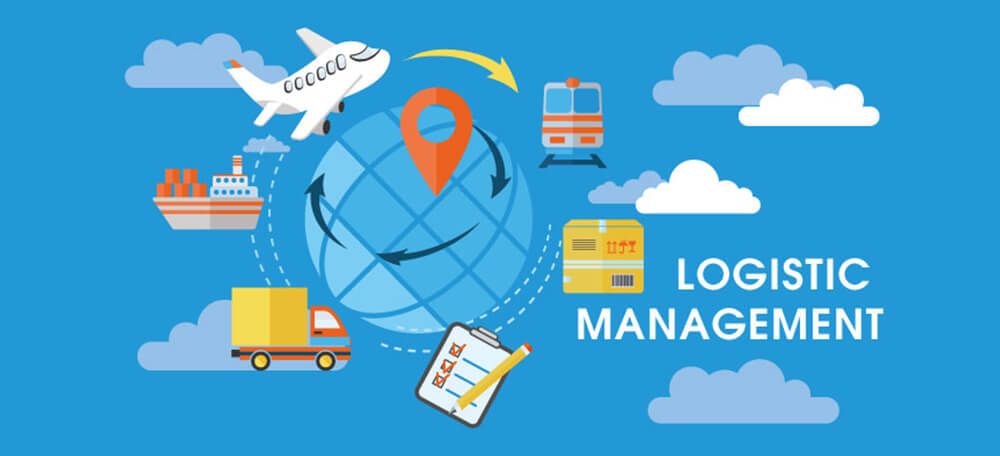Supply chain management is a critical component of any successful business operation. By effectively managing the flow of goods and services from raw materials to the end consumer, companies can optimize their operations, reduce costs, and improve customer satisfaction. In this guide, we will provide an overview of supply chain management for beginners, covering key concepts, strategies, and best practices.
What is Supply Chain Management?
Supply chain management refers to the coordination and integration of all activities involved in the procurement, production, and distribution of goods and services. This includes everything from sourcing raw materials to delivering the final product to the end customer. The goal of supply chain management is to maximize efficiency, minimize costs, and enhance customer satisfaction throughout the entire process.
Key Components of Supply Chain Management
1. Planning
The first step in supply chain management is planning. This involves forecasting demand, setting production schedules, and determining inventory levels. By accurately predicting demand and aligning production with customer needs, companies can minimize waste and optimize their operations.
2. Sourcing
Once the demand is established, the next step is sourcing. This involves selecting suppliers, negotiating contracts, and managing relationships with vendors. By working closely with suppliers, companies can ensure a steady supply of high-quality materials at competitive prices.
3. Manufacturing
Manufacturing is the process of transforming raw materials into finished products. This includes production scheduling, quality control, and process optimization. By streamlining manufacturing processes and improving efficiency, companies can reduce costs and improve product quality.
4. Logistics
Logistics involves the transportation and distribution of goods from the manufacturer to the end customer. This includes warehousing, inventory management, and order fulfillment. By optimizing logistics processes and leveraging technology, companies can reduce lead times and improve customer satisfaction.
Strategies for Effective Supply Chain Management
1. Collaboration
Collaboration is key to successful supply chain management. By working closely with suppliers, customers, and other stakeholders, companies can improve communication, reduce delays, and enhance visibility throughout the supply chain. Collaboration also enables companies to identify opportunities for cost savings and process improvements.
2. Technology
Technology plays a crucial role in modern supply chain management. By leveraging advanced technologies such as artificial intelligence, blockchain, and Internet of Things (IoT), companies can streamline processes, optimize decision-making, and improve efficiency. Technology also enables companies to track and trace products throughout the supply chain, enhancing transparency and accountability.
3. Risk Management
Risk management is another important aspect of supply chain management. By identifying potential risks such as natural disasters, geopolitical events, and supply chain disruptions, companies can develop contingency plans and mitigate the impact of unforeseen events. Risk management also involves diversifying suppliers, maintaining safety stock, and implementing robust security measures.
Best Practices for Supply Chain Management
1. Continuous Improvement
Continuous improvement is essential for effective supply chain management. By regularly assessing performance, identifying areas for improvement, and implementing corrective actions, companies can drive operational excellence and achieve sustainable competitive advantage. Continuous improvement also involves benchmarking against industry best practices and seeking feedback from customers and suppliers.
2. Sustainability
Sustainability is becoming increasingly important in supply chain management. By adopting environmentally friendly practices, reducing waste, and promoting ethical sourcing, companies can enhance their reputation, attract environmentally conscious customers, and comply with regulations. Sustainability also involves supporting local communities, promoting diversity, and ensuring fair labor practices.
3. Employee Development
Employee development is crucial for building a high-performing supply chain team. By investing in training, mentoring, and skills development, companies can empower their employees to excel in their roles and drive innovation. Employee development also involves promoting a culture of collaboration, trust, and continuous learning.
Conclusion
Supply chain management is a complex and multifaceted discipline that requires careful planning, execution, and continuous improvement. By understanding the key components, strategies, and best practices of supply chain management, beginners can gain a solid foundation for success in this critical field. By embracing collaboration, technology, and risk management, companies can optimize their operations, reduce costs, and improve customer satisfaction. By following best practices such as continuous improvement, sustainability, and employee development, companies can build resilient and agile supply chains that drive sustainable growth and profitability.
